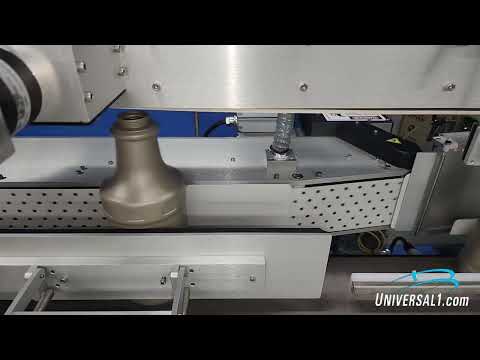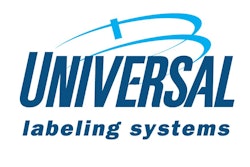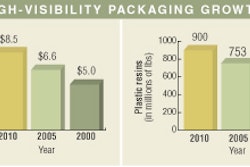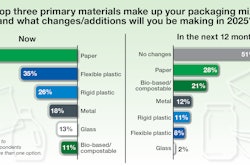Pharmaceutical products are one of these areas.
On its surface, this trend appears to be another rosy opportunity for growth among U.S. contract packagers and manufacturers. But the competition for these co-packing jobs may be stiffening. Packagers overseas are working diligently to qualify for these projects.
Datamonitor has been tracking these developments. The market analysis firm says that, for example, pharma companies historically have been reluctant to outsource functions requiring strong intellectual protection in areas such as active pharmaceutical ingredients manufacturing and drug discovery to overseas companies. The drug makers reasoned that these outsourcing firms’ relatively weak intellectual property (IP) rights systems and infrastructure could compromise sensitive projects.
This situation has been improving over the past five years, Datamonitor’s analysis shows. China and India are two countries that have revised their IP laws to walk in step with international standards and to meet World Trade Organization member requirements. These developments are providing opportunities for U.S. product manufacturers to leverage overseas outsourcing firms’ relatively low cost base. In addition, some drug manufacturers are further integrating global outsourcing of core functions, including product and package development, to enhance the value of outsourcing in their business strategies.
What that means is the playing field appears to be leveling a bit. But U.S. contract packagers and manufacturers still have plenty of pluses to offer, including extensive quality-control measures, flexible workforces, and integrated operations.
Colin McLelland offers another perspective. McLelland is vice president of Toronto-based Ernst & Young Orenda Corporate Finance, which operates a team focusing on the packaging industry.
McLelland isn’t so sure that developments overseas will automatically have U.S. product manufacturers lining up to shift their outsourcing needs to other shores. For one thing, he says, it can be exceedingly difficult to make the economics work when sending raw ingredients for some products overseas for blending and packaging ahead of the return trip to the States.
He also offers a more pragmatic viewpoint. “There are certain things that lend themselves to being produced elsewhere.” Many Americans purchase automobiles or home entertainment systems produced fully or in part overseas. But their comfort level decreases when it comes to putting products manufactured or packaged overseas on or in their bodies, with so many reports of product tampering, he notes.
Yet, at least some global competition is inevitable in contract-packaged goods. Success in this more global co-packing world will come, as it does in everything else, to those who work the smartest.
As you survey your operations, what are the opportunities for getting smarter and leaner?
Announcing the CP 07 conference
Speaking of enhancing value, effective procurement practices and winning marketing strategies that leverage contract packaging will be some of the topics explored at CP 07: Succeeding with Contract Packaging, Sept. 10-12, 2007, in Chicago. The conference, produced by Contract Packaging and Packaging World magazines, will focus solely on the issues that impact the buying and selling of co-packing services.
You’ll find all the details in this issue. We look forward to seeing you in Chicago!



























